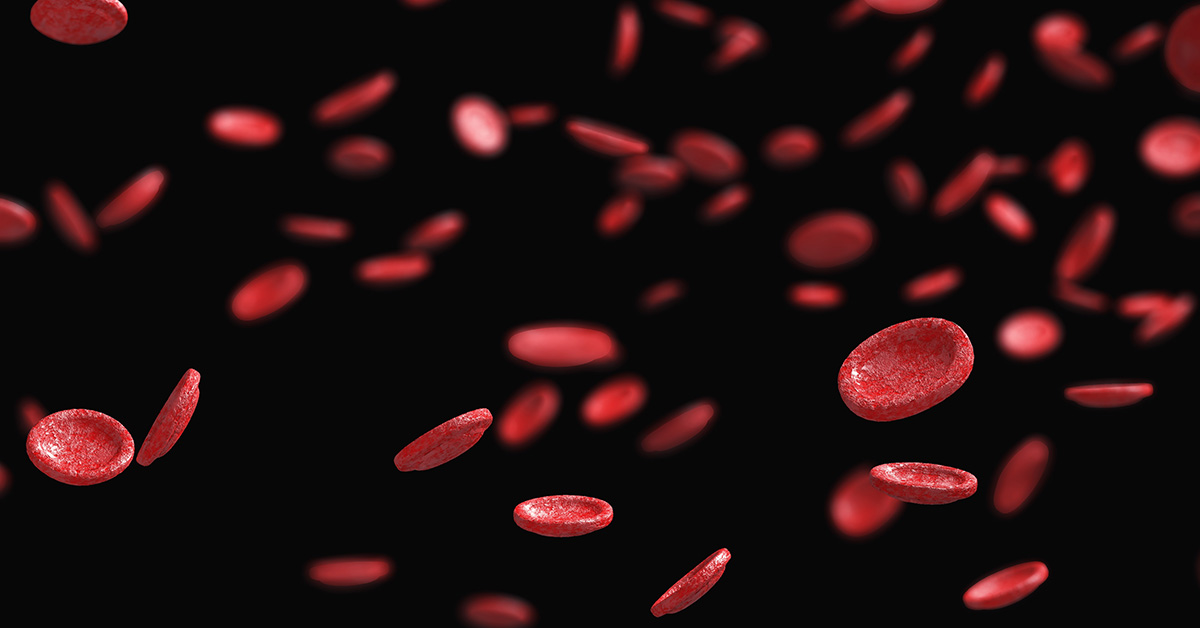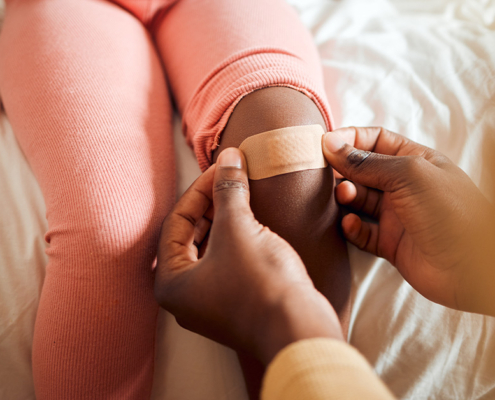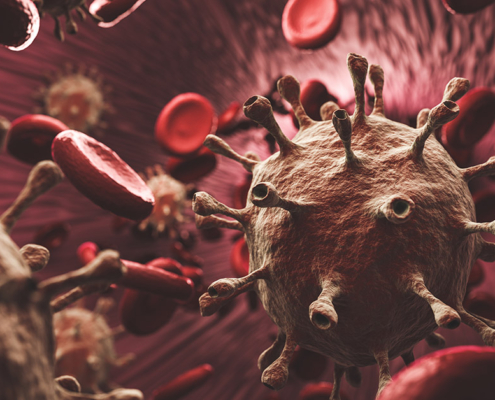Important Bloodborne Pathogens and How to Avoid Them – Part 1
Bloodborne pathogens remain a public health concern due to a threat to human lives. In healthcare settings, nearly six million workers are at risk of occupational exposure to bloodborne pathogens in America. There are various types and ways of transmission. However, prevention and control measures can help avoid these pathogens from spreading.
What Are Bloodborne Pathogens?
Bloodborne pathogens (sometimes called blood-borne pathogens) are infectious microorganisms such as bacteria, fungi, or viruses carried in human blood that cause diseases. The presence of an adequate number of microorganisms in the blood (or source) and a susceptible host for these microorganisms to survive and multiply can lead to serious ailments. Healthcare workers and emergency responders are especially at-risk to diseases spread through contaminated blood and other bodily fluids like saliva and secretions.
What Is The Most Common Bloodborne Pathogen?
There are nearly 20 bloodborne pathogens known today, causing diseases like malaria, brucellosis, hemorrhagic fever, and syphilis. However, among the most concerning ones are human immunodeficiency virus (HIV), hepatitis B virus (HBV), and hepatitis C virus (HCV). Each bloodborne disease can progress into something worse, so it is crucial to understand how these are transmitted and can be prevented.
How Are Bloodborne Pathogens Transmitted?
The three common ways that introduce bloodborne diseases into the body include:
Direct Contact – When microorganisms are directly introduced to one person from another, such as someone with infected and open wounds.
Indirect Contact – When the infectious agents are transferred through a contaminated person or object, such as getting in contact with a caregiver that doesn’t wash hands in between caring for infected patients.
Parenteral Exposure – When infected blood is directly introduced into an individual with something like an infected needle stick, injection from drug usage, or a cut from a broken glass.
In short, the highest potential danger exists with parenteral exposure, and medium potential hazards arise with infected blood contacting the eyes, nose, or ears (or mucocutaneous exposure). However, the lowest possible risk occurs when contaminated objects touch inflamed skin.
How to Avoid Bloodborne Pathogens?
Several infection control strategies prevent disease transmission by interrupting the chain of infection. How

Facilities must clean and disinfect hard surfaces and deodorize porous surfaces. There must be visible warning signs in contaminated areas and barriers wherever possible to avoid cross-contamination.
In addition, employers must provide the necessary training to help employees protect themselves from potential hazards and know how to clean and decontaminate infectious materials.
Proper disposal of biohazard waste is necessary, and the bags should be marked and sealed carefully. Bulky non-salvageable contents should be wrapped. For enhanced safety, one must also use nylon scrub brushes and pads and disposable paper towels.
Protect patients and workers, especially during CPR, with proper protection. Recommended PPE for workers includes respiratory protection, rubber boots, eye protection, disposable gloves, airflow devices, antiseptic hand wipes or gels, etc.
In case of an exposure incident, one must wash the area thoroughly with antibacterial soap or gel. Rinse the mouth, nose, and eyes if the blood enters the mucous membranes. Seek medical aid immediately to remain on the safer side.
First Response Training International offers courses in First-aid, CPR, AED, Workplace Safety, and more. To learn more about our classes and curriculum visit our Training Programs page. If you are interested in becoming a First Response CPR/First-aid Instructor, visit our Becoming an Instructor page. Thank you for reading and sharing this blog.












Deixe uma resposta
Want to join the discussion?Feel free to contribute!